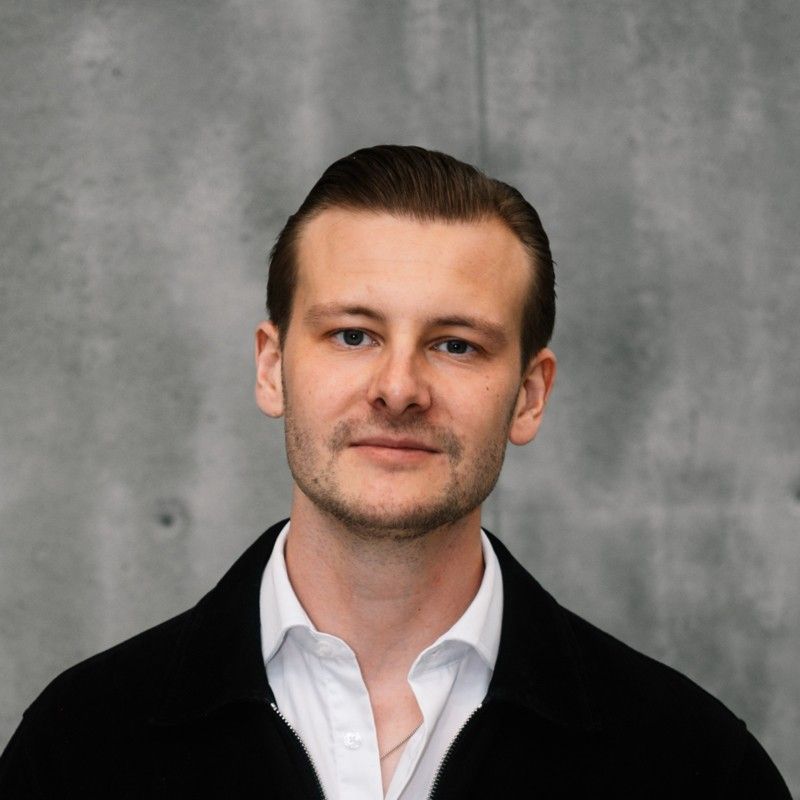What challenge does Korall solve for the energy sector and hard-to-abate industries like petrochemicals, and why is this problem becoming more urgent?
Every customer has different problems, but in common for all of them is that they are trying to phase out fossil fuels from the energy mix. Some like the petrochemical sector, need a carbon source and others, such as energy producers, are struggling with utilizing their renewable electricity production enough. We know by taking CO2 straight from the air, an almost unlimited source, we can provide them with a smart solution to both of these sectors' problems while also bringing maximum climate impact.
Can you explain how your liquid DAC technology works, and what makes it different from conventional capture solutions?
Using Korall’s tech and process, we filter air through our liquid. The CO2 then gets absorbed in solid form in the solution which makes it easier to separate and extract. The biggest difference compared to other liquid DAC approaches is that we bind the CO2 in solid form, meaning we skip a few process steps, making the whole process significantly more energy- and resource-efficient.
What are the main use cases for the captured CO₂, and how do you support customers who want to store it versus those who want to use it in production?
The main two use cases for captured CO2 are utilization and storage. Utilization most often involve using the CO2 as a feedstock to create renewable fuels such as SAF and E-fules. The other use case is letting the CO2 go to permanent storage. Here the actual product is the negative emissions which can be sold to customers who struggle with decarbonizing their operations.
Depending on what the customer primarily wants to use their captured CO2 for, we tailor the facility to that specific purpose. For example, connecting the facility to existing infrastructure and also sizing the production according to the customer's needs.
How does Korall help energy companies turn excess or wasted renewable energy into climate value and new revenue streams?
Good question! Our tech and process can dynamically scale its production up or down depending on the electricity supply. For example on a sunny or windy day when there is a surplus in electricity production, the facility can quickly ramp up its production. This ensures the energy company can utilize their resources to the max while also making climate impact and a valuable product, the captured CO2.
What kind of climate impact can Korall deliver at scale, and how do you measure your net mitigation effect for customers?
At scale we aim our facilities combined to capture millions of tons of CO₂ annually. The beauti of DAC is how easy it is to track and verify our impact. We quantify our net mitigation effect by tracking the amount of CO₂ captured, subtracting all lifecycle emissions from energy use, materials, and logistics, and verifying the result through third-party measurement and reporting standards such as ISO 14064 and MRV
What’s next for Korall, are you scaling pilot deployments, expanding partnerships, or targeting specific industries for adoption?
We are in a very interesting phase now where we are scaling our system in the lab by 1000x to be able to build a pilot facility, hopefully together with a customer in the energy sector who sees the potential to build an even larger facility in the future.






